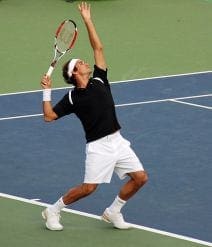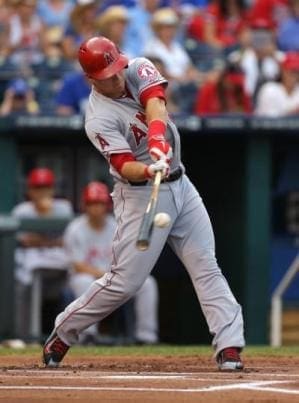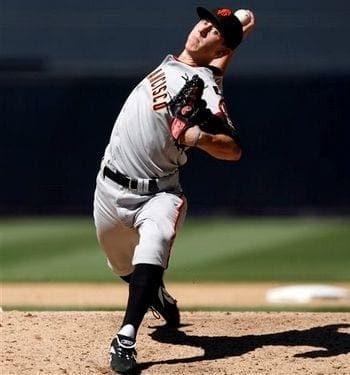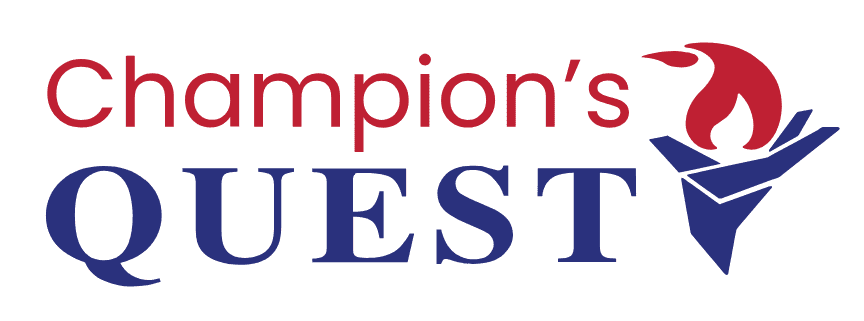Why is “Core” so important? Part 1
Today’s discussion is centered around core training for rotational athletes and why it is such a crucial aspect of athletic development. The definition, (and even translation) of “Core” has been lost in this digital age of fad fitness, and mis-information. The “Core” does not comprise of just the abdominals, but rather defines the entire thoracic region. In this discussion we will start by focusing on the the trunk. In later discussion we will get into the importance of the Gluteals, Lower back muscles, and pelvic/ hip muscle groups which all contribute to the efficiency of the core. The “trunk” consists of the Rectus Abdominus muscle group, Transverse Abdominals, Internal and External Obliques, Intercostals, Rhomboids, and Erector Spinae.

As a society we have gotten caught up in the development of the Rectus Abdominus muscle group which almost exclusively works the sagittal (linear based) plane. If we are being honest with ourselves, we spend our effort on this muscle group for the classic “six-pack” look that will come from concerted effort. While an athlete with a “six-pack” will certainly look the part, and be very strong in that linear plane, they will undoubtedly have deficiencies when it comes to developing rotational force.

The Core is the undeniable connection point between the upper and lower body. When we talk about movement patterns, and strength development, I always like to put it into perspective of how the athlete is developing force through the ground. Whether it is a sprint, a squat, a lunge, or a jump, from a bio-mechanical point of view we are looking at how much force is being produced in the ground, and in which direction it is established. The entire body is involved in this process, which is a point that is commonly over-looked.

Also, in terms of a rotational sport specific point of view, the entire body is used as a giant whip. The force is developed through the ground, up the legs, through the core, and finally out through the upper extremities. Without the engagement, strength, and ability to conduct this force effectively, the core serves as the weak link that is holding back the rotational athlete. Going back to how we defined “core,” this means the athlete needs to pay attention to the other smaller muscle groups (especially the external obliques) which are involved in producing rotational power. Not only do we want to build these muscle groups, but we want to do so through the transverse plane, and without engaging the lumbar spine.

The ability to maximally transfer energy from the legs through the core in a transverse (rotational) plane to the arms, is arguably the most important factor of development in rotational athletes. This ability can make a substantial difference when we start talking about power numbers and velocity gains. At Champion’s QUEST we focus on the details, which means there is no guess work in how we train our athletes. Stay tuned for Part 2, where I will begin to spell out the details of this rotational specific core training.
